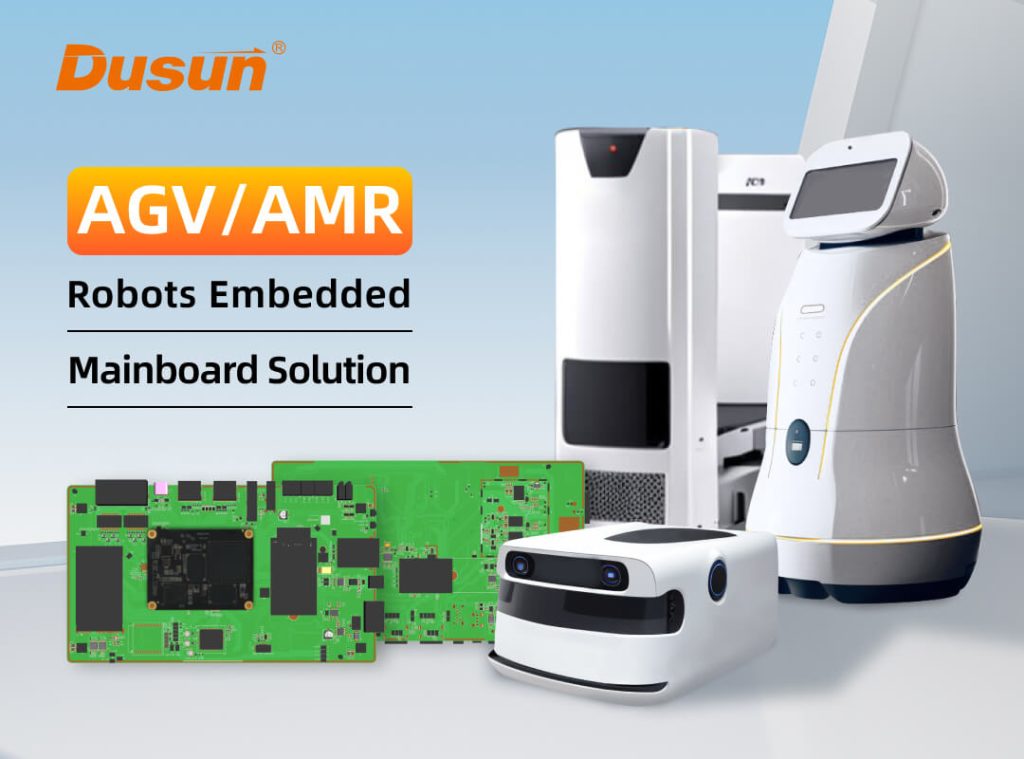
How to integrate AGV and AMR systems for automation?
Automation is revolutionizing the way industries operate, increasing efficiency and reducing costs. Two key technologies that are driving this change are AGV (Automated Guided Vehicle) and AMR (Autonomous Mobile Robot) systems. Both systems offer unique advantages and can be integrated to create a seamless automated workflow in your facility.
Benefits of integrating AGV and AMR systems
AGVs are guided by a fixed path, making them ideal for repetitive tasks such as material handling and transportation. On the other hand, AMRs are flexible and can navigate in dynamic environments, making them suitable for tasks that require adaptability and agility.
By integrating AGV and AMR systems, you can combine the strengths of both technologies to create a more efficient and versatile automation solution. AGVs can handle routine tasks while AMRs can be deployed for more complex and dynamic operations, resulting in improved productivity and cost savings.
Steps to integrate AGV and AMR systems
Integrating AGV and AMR systems requires careful planning and coordination. Here are the key steps to successfully integrate these two technologies:
- 1. Assess your automation needs: Identify the tasks that can be automated using AGV and AMR systems. Determine the specific requirements of each task, such as payload capacity, navigation requirements, and safety considerations.
- 2. Select compatible systems: Ensure that the AGV and AMR systems you choose are compatible and can communicate effectively with each other. Consider factors such as communication protocols, software integration, and sensor compatibility.
- 3. Design the workflow: Develop a detailed workflow that outlines how AGVs and AMRs will work together in your facility. Define the routes, pick-up and drop-off points, and interactions between the two systems.
- 4. Implement the integration: Install the necessary infrastructure, such as charging stations, docking stations, and communication devices, to support the integration of AGV and AMR systems. Test the communication and coordination between the two systems to ensure seamless operation.
- 5. Monitor and optimize: Monitor the performance of the integrated AGV and AMR systems to identify areas for improvement. Optimize the workflow, adjust routes, and fine-tune the communication between the systems to maximize efficiency and productivity.
Conclusion
Integrating AGV and AMR systems can unlock a new level of automation in your facility, improving productivity, efficiency, and overall operational performance. By following the steps outlined above and leveraging the strengths of both technologies, you can create a cohesive automation solution that meets your specific needs and drives success in your industry.
Was this helpful?
0 / 0